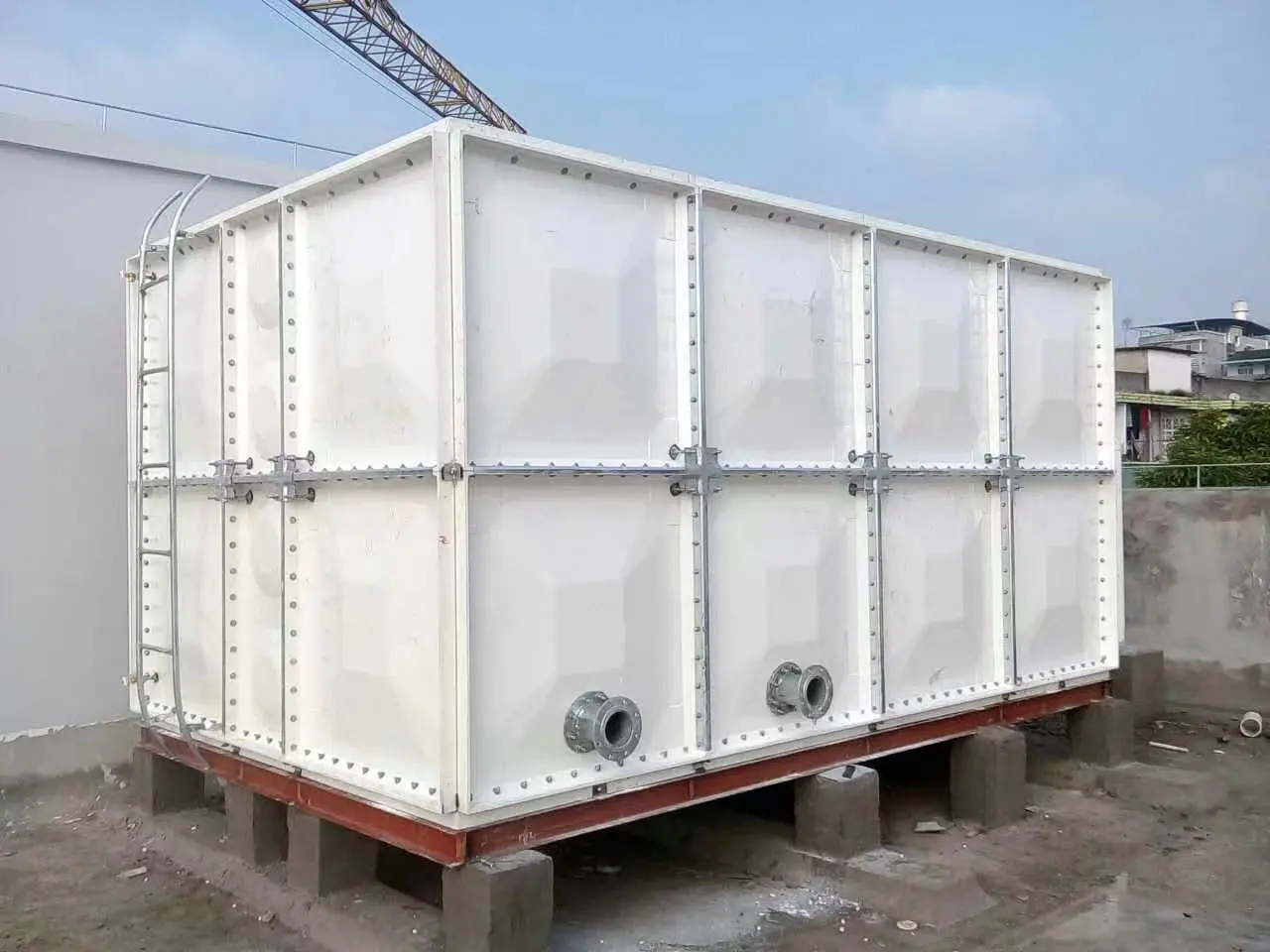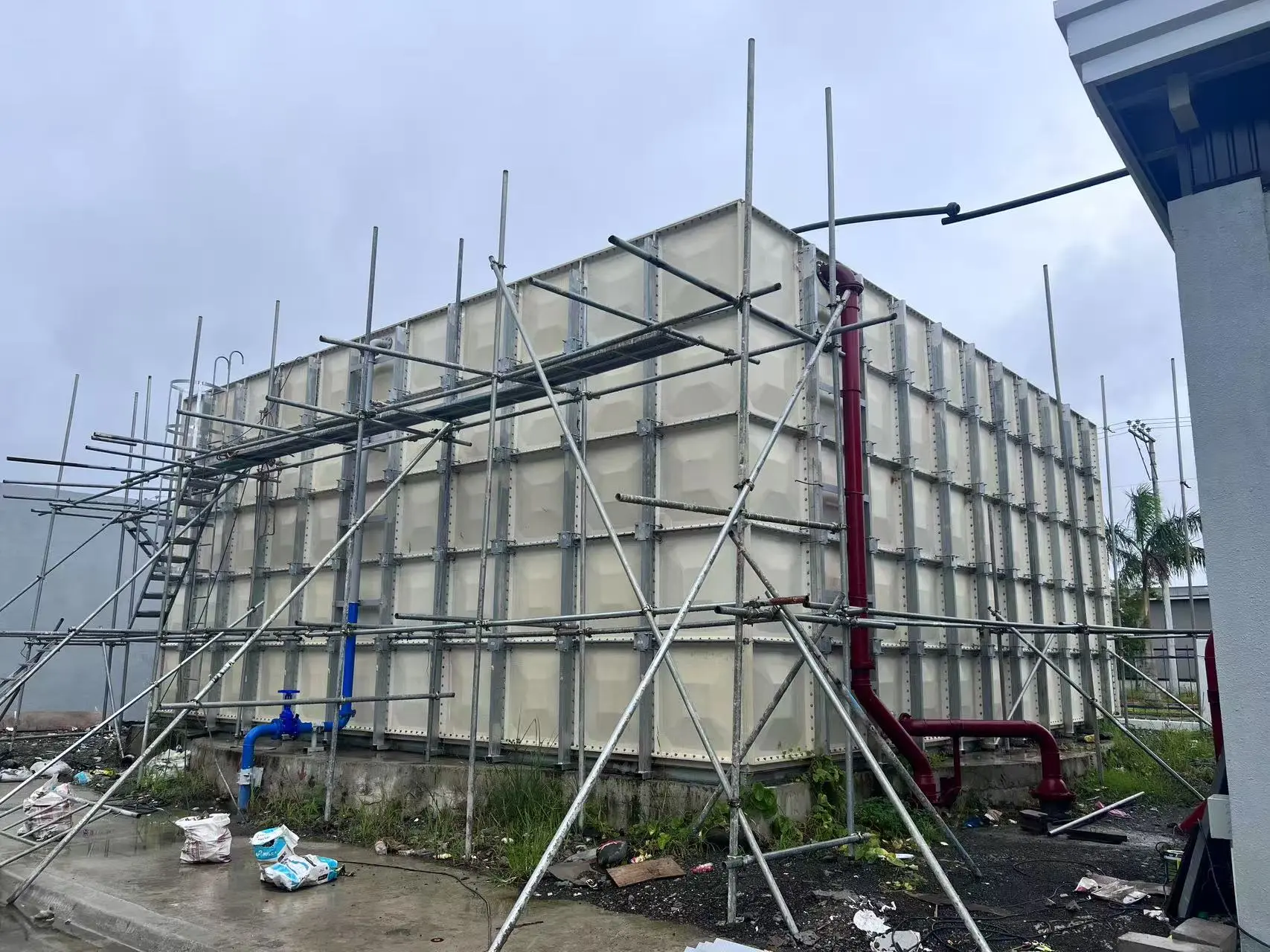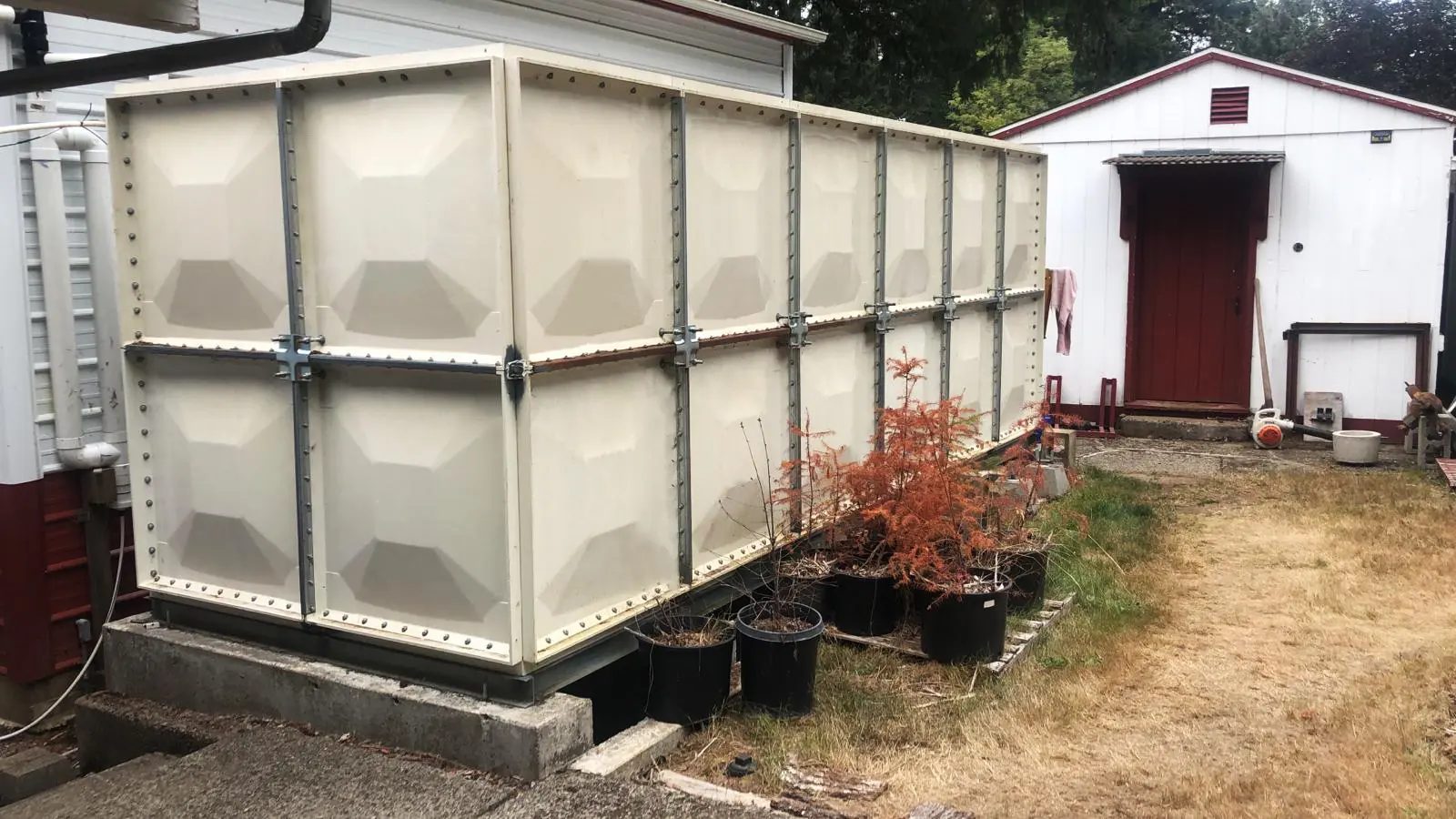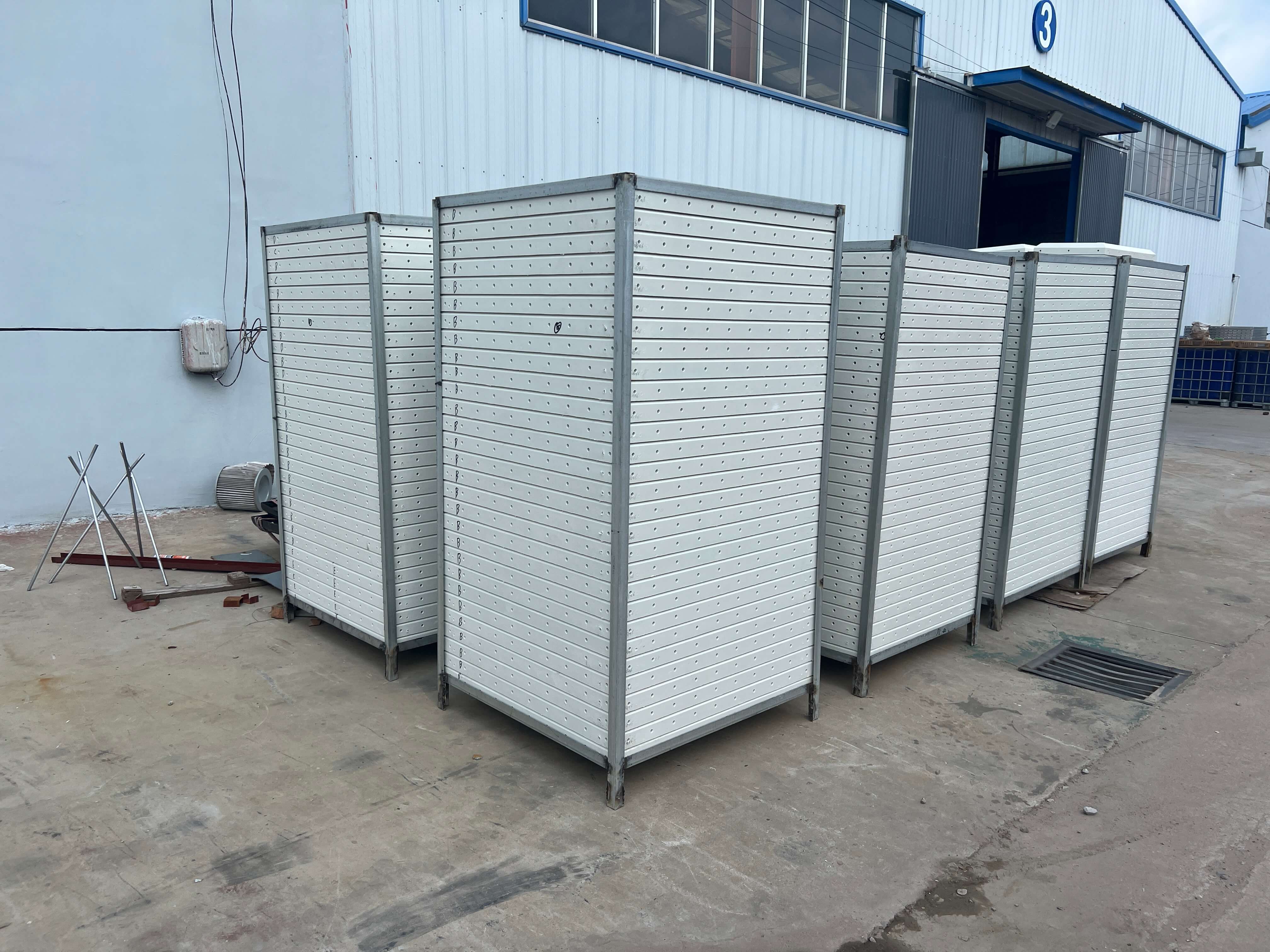What Are GRP Water Tanks and Why Industries Prefer Them
Water Storage is a critical requirement for industrial, municipal, and agricultural operations. For pump distributors, firefighting contractors, irrigation companies, water authorities, water purifier providers, and pipe suppliers, selecting the right water storage solution ensures operational reliability, compliance, and long-term cost efficiency.Understanding what Grp Water Tanks are is the first step toward implementing an efficient water system.
What Are GRP Water Tanks?
GRP (Glass Reinforced Plastic) water tanks are advanced modular tanks made from fiberglass reinforced with polymer resin. They provide a lightweight yet highly durable solution for storing potable water, industrial water, and firefighting reserves.
Key characteristics include:
-
Corrosion Resistance – Withstands harsh chemicals, coastal conditions, and humidity.
-
Lightweight Construction – Easier transport and installation compared to steel or concrete tanks.
-
Safe for Potable Water – Meets water safety and industry standards.
-
Modular Design – Panels can be assembled on-site, allowing customization for any space.
-
Low Maintenance – Resistant to UV exposure, temperature variations, and general wear.
These advantages make GRP tanks a preferred choice for industries seeking dependable water storage.
Why Industries Choose GRP Water Tanks
Several features explain the growing adoption of GRP water tanks among industrial buyers:
1. Durable and Long-Lasting
-
Service life can extend for decades with minimal upkeep.
-
Resistant to rust, UV, and extreme temperatures.
2. Flexible and Modular
-
Panel-based construction allows easy resizing and expansion.
-
Suitable for rooftops, basements, or open ground.
3. Cost-Efficient
-
Lightweight modular panels reduce shipping costs.
-
Long-term maintenance savings improve ROI.
4. Regulatory Compliance
-
Meets potable water and industrial safety standards.
-
Supports integration with firefighting and irrigation systems.
5. Fast and Efficient Installation
-
On-site assembly takes only a few days.
-
Minimal disruption to ongoing operations.
How GRP Water Tanks Are Used in Industry
GRP tanks are versatile and widely adopted across multiple sectors:
-
Fire Protection – Stores emergency water reserves for industrial and commercial facilities.
-
Agricultural Irrigation – Ensures reliable water supply for farms, greenhouses, and irrigation networks.
-
Municipal & Industrial Supply – Acts as buffer storage for treatment plants and industrial pipelines.
-
Water Purification & Treatment – Provides secure storage for treated or potable water systems.
Their adaptability allows them to serve different industries without extensive modification.

On-Site Assembly: What to Expect
Installing a GRP tank involves modular construction and careful planning. A typical process includes:
Step 1: Site Assessment & Foundation Preparation
-
Evaluate soil stability, accessibility, and drainage.
-
Construct a level concrete pad or reinforced platform.
Step 2: Material Delivery & Inspection
-
Receive flat-packed panels, bolts, gaskets, and sealants.
-
Inspect for cracks, defects, or missing parts.
Step 3: Panel Assembly
-
Lay base panels first, then install wall and roof sections.
-
Seal joints with gaskets or silicone for leak-proof assembly.
-
Add internal bracing and inspection hatches if needed.
Step 4: Plumbing Connections
-
Connect inlet/outlet pipes to pumps, irrigation systems, or municipal lines.
-
Install overflow and venting for safe operation.
Step 5: Testing & Commissioning
-
Conduct leak and pressure tests.
-
Verify structural integrity and integration with systems.
Proper installation ensures reliability, leak-free operation, and maximum lifespan.
Benefits of Using GRP Tanks for Industrial Applications
-
Customizable Sizes – Tailored to site-specific requirements.
-
Reduced Transport Costs – Flat-packed panels are easier and cheaper to ship.
-
Quick Deployment – Most tanks assemble within 3–7 days.
-
Low Maintenance – Resistant to UV, corrosion, and chemicals.
-
Versatile Placement – Rooftops, basements, or compact spaces are all feasible.
Understanding what GRP water tanks are and how they are installed is essential for pump distributors, firefighting contractors, irrigation companies, water authorities, water treatment providers, and pipe suppliers.
GRP tanks deliver:
-
Reliable, long-lasting water storage
-
Cost-effective, low-maintenance solutions
-
Flexibility for industrial, municipal, and agricultural applications
With proper planning, on-site assembly, and regular maintenance, GRP water tanks ensure operational efficiency, compliance, and long-term water security.

FAQs: GRP Water Tanks
Q1: What makes GRP water tanks different from steel or concrete tanks?
A: GRP tanks are lightweight, modular, corrosion-resistant, and safe for potable water, with faster installation and lower maintenance needs.
Q2: Can GRP tanks be used for firefighting water storage?
A: Yes. They meet industrial and municipal standards and can be integrated into fire protection systems.
Q3: How long does it take to install a GRP water tank on-site?
A: Most tanks assemble within 3–7 days, depending on size and site conditions.
Q4: Are GRP tanks suitable for agricultural irrigation?
A: Absolutely. Their modular design, durability, and leak-free performance make them ideal for farms and irrigation networks.













